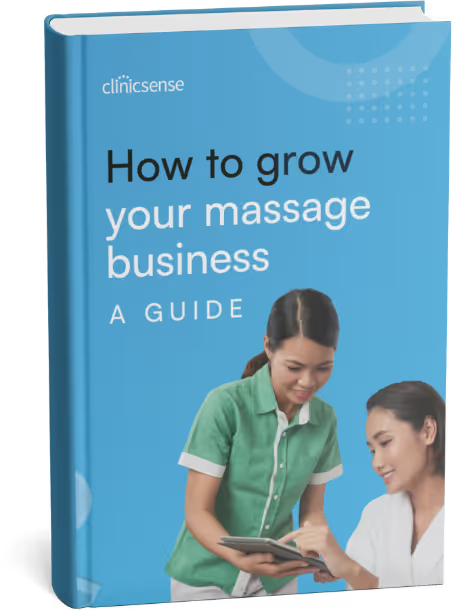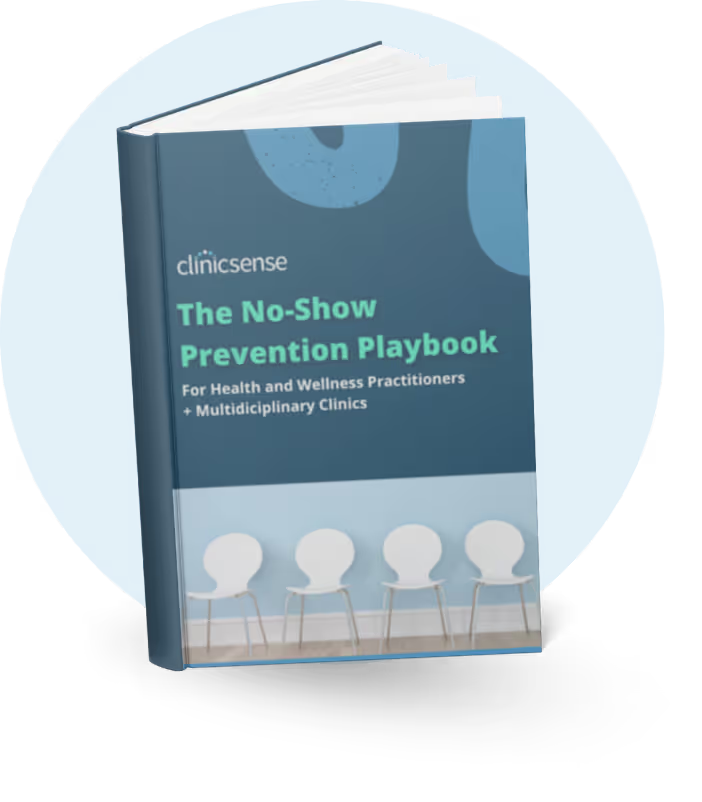How To Guides
May 25, 2024

Maintaining a long and healthy career as a massage therapist requires more than just skill; it requires strategy and self-care. Many therapists find their careers cut short by physical wear and tear or burnout, yet with the right approach, it's possible to enjoy a fulfilling career spanning decades.
In this article, you will learn:
With real advice from a massage therapist who has mastered career longevity, this guide is designed to equip you with the knowledge and tools to thrive in this demanding yet rewarding profession. Let’s explore how to extend the life of your massage therapy career while protecting your most valuable asset—your body.
Various sources report the average lifespan of a massage therapy career is 5-7 years, but it’s possible to have a successful career that lasts a few decades. What’s the difference between 5 years and 30 years? Continuing education, self-care, and autonomy.
There are a few reasons some massage therapists fail to make it past the 7 year mark. Injury and burnout are the most common career-enders in the industry. This is coupled with the reality that it takes time to build a solid client base, develop your skills, and build strength and stamina.
Seeing back to back clients, all day, every day pays the bills, but it’s not sustainable long-term. Successful massage therapists choose a different path. They invest in themselves. Set boundaries around their time and energy, and they usually work for themselves.

A career in massage therapy can span several decades if you take care of yourself. Be honest with yourself about how many massages you can do in a day or week. Exceeding that limit will shorten your career because of how hard it is on your body. Don’t push yourself.
Keep in mind, being a massage therapist isn’t like most occupations. You can't treat clients 40 hours a week, and you need regular breaks. As an employee, your employer likely controls how much time you get between sessions and how long your shifts are. That’s why you should eventually consider starting your own massage business; so you have control over your time and schedule. Autonomy is a key element of massage therapy career longevity. Most massage therapists go this route. It’s all about self-care.
Starting your own business straight out of school isn’t a good plan, in most cases. That’s because your skills aren’t as good as they will be once you have experience. You’re more likely to succeed if you work in someone else's business for a year or more to learn ropes, and grow into an experienced massage therapist.
If you want to be a massage therapist who practices for 20, 30, or even 40 years, you have to take care of yourself. There are tons of self-care tips for massage therapists out there. Implement them. Be a model of what you’re preaching to your clients. That not only fulfills your personal needs, but makes you a trustworthy expert.
Finally, you have to keep learning. Massage therapists who build really successful practices and long careers invest in continuing education. They master a modality or learn a lot about a certain niche. They also develop their soft skills to help build better relationships with clients.
The long-term effects of being a massage therapist are many meaningful relationships, a sense of purpose, and having highly attuned body awareness. Unfortunately, that body awareness is sometimes the result of minor injuries along the way, not just massage therapy education.
The good news is, most of these injuries are avoidable. Learning not to strain your wrists, overwork your hands, or muscle your way through a massage is all part of becoming a great therapist. It’s also essential to career longevity as a massage therapist.
Massage therapists spend much of their workday on their feet, using their bodies to apply pressure and execute massage techniques. It requires a fair amount of strength and stamina. However, how physically demanding it is depends on what type of clients they work with and which massage modalities they practice.
It’s important to keep your wrist straight while performing massage techniques. There shouldn’t be a hinge or lateral deviation between your hand and your arm. This alignment is vital to protecting your wrist as a massage therapist. To do this, think of your entire upper extremity as one single part.
If you’re using just one little body part like a hand, wrist, forearm, or even a shoulder to perform a movement under pressure, you're going to hurt yourself eventually. Use your entire body to create a movement, harnessing the power and stability of entire muscle groups versus straining an individual part.
Massage therapists should adjust their table height to protect the lower back. Your fingertips should just brush the table top. At this level, when working on an average sized person, you won’t be bending over to reach them. Being bent over is what stresses the low back.
Bending over and across bodies puts your back in a vulnerable position. To eliminate the need to do that, adjust the table so you can simply lean forward slightly to reach the person, without much forward flexion. That will make it easier to leverage your body weight to provide the necessary pressure for the massage.
If you practice a technique that requires you to pick up a big body part, like a leg or torso, practice engaging your core and using your whole body to perform the task. Find the best position for your body to be in to make this easy. Don’t make this technique part of your regular massage routine until you can do it effortlessly. If you don’t have the strength to do it without straining, don’t do it.
The secret to keeping your hands from hurting, as a massage therapist, is to keep them relaxed while you work. Tense hands lead to pain. Most massage techniques don’t require much hand strength. The hand is just the tool that delivers it.
Also, clients can feel a tense hand, and it hurts. Keeping your hand soft and relaxed while working might sound impossible, but it’s not. It actually enhances your ability to feel what is beneath your fingertips. One thing that’s for certain, if you’re in the right spot, you don’t need as much pressure.
Remember, your hand is just one part of your upper extremity. Use the entire upper extremity as a whole (fingers, hand, wrist, forearm,upper arm, shoulder) to perform the technique. Let the big muscles of the shoulder provide the strength, as well as movement from the rest of your body, while the smaller muscles of the hand do the delicate, more precise work.

The correct posture for massage therapists to work in varies depending on what modality they practice, what position the client is in, and what body part is being treated. In general, you should aim for a relaxed upright position that allows you to easily provide pressure in the right direction.
If you need to apply downward pressure, for instance to someone’s back, standing tall above the person allows you to tip your weight forward to create pressure, without using any strength.
If you need to apply forward pressure, like a gliding stroke on a leg, stand as close to the table as possible and shift your whole body forward to generate the movement. Some therapists like to do this in a lunge position.
Working on a neck usually requires you to sit down and get your elbows at their head. This prevents you from having to bend over, lessens the stress on your arms, and allows you to create a little traction of the neck.
Here are a few postural guidelines to follow in all scenarios:
After over 18 years of practice, this is what I know for sure. Practice self-care, first and foremost. Remember, that self-care involves setting and maintaining boundaries on your time and energy. Honor that, and people will respect those boundaries. When you save enough energy for yourself and recharge on a regular basis, you can do more happily and healthily.
There’s a wealth of information and education about self-care, proper body mechanics, and massage techniques that are less taxing on your body. Invest in learning those things early in your career, so that it lasts a long time.
Don’t forget massage isn’t just physically demanding, it requires a lot of mental energy. Clients will share their stress and suffering with you on a daily basis. You can’t carry that with you. Leave it in the treatment room.
There’s also a lot of other work no one talks about in massage therapy like writing SOAP Notes, marketing and communication, scheduling, and all the admin it takes to keep a massage practice running. Do yourself a favor, and automate as many of those tasks as possible; so it doesn’t drain your energy but it all gets done. There’s massage therapy software for that, and you need it for massage therapy career longevity if you run your own practice.


.avif)
.avif)
.avif)









For 14 days